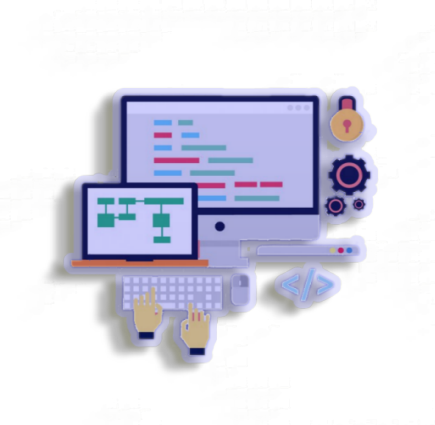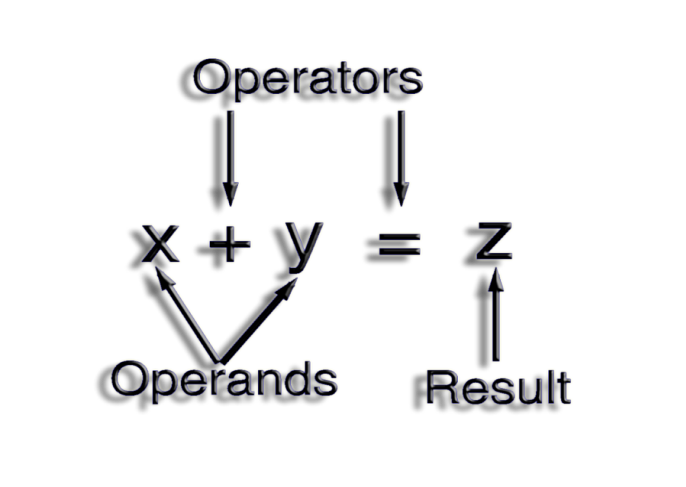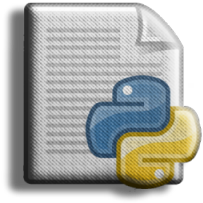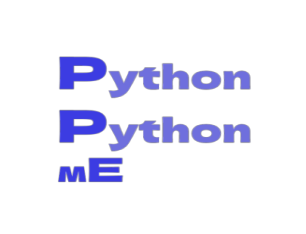Knowledge of Python:
Python is a dynamic
and object-oriented programming language that is used for the creation
of several categories of software,
making software development tools easier.
Statistics : Statistical
understanding helps in the collection of data, the application of
reliable analyses, and the efficient presentation of results
removing unnecessary data and catalogs
important data and helps in Prediction,
Classification, Estimation, Pattern
Detection, Grouping, Hypothesis Testing, etc.
A database
is a structured collection of information that can be collected
and maintained to make it simpler to discover
important information, you may arrange data into tables, rows, and
columns and search it.
SQL stands for
Structured Query Language, it allows you to
connect to and manipulate databases. NoSQL databases are non-tabular
databases and accumulate data differently than relational tables. NoSQL
databases are classified into several categories depending upon the data
structure.
Visual Analytics :
Visual data
analysis, combines data analytics and data visualization approaches,
helps you make sense of it all
different external libraries such as sklearn, Matplotlib, Keras,
and TensorFlow.
Scikit Learn is a NumPy-based generic machine learning package includes variety of functions for genetic information pre- and post-processing used to build conventional models. Keras is a high-level TensorFlow API and is simple to use, which allows you to quickly design and test a neural network with few lines of code.
Matplotlib is a data visualization and visual plotting package for Python and its numerical extension NumPy which is cross-platform.
Cloud
computing enables businesses
to use the internet to access various computing services such as
databases, servers, software, artificial intelligence, and data
analytics, data is moved
from the central servers to their system and then perform
the analysis. Data Science in combination with Cloud Computing has
become so popular that it has launched
Data as a Service (DaaS).
Creating and maintaining the
underlying systems that collect and report data is what
data engineering
is all about. Without data engineering, the obtained data would be
inconsistent, and the knowledge it provides would be useless.
With the explosion of Big Data and increasing computational power, Data Scientists will realize tools like Apache Spark and other Big Data Analytics engines are essential becoming industry standard and performing Big Data Analytics and solving complex business problems at scale in real-time.
The
MapReduce
architecture of Hadoop is used to build applications that can handle
massive volumes of data on big clusters. It is also referred to as a
programming approach that enables us to process large datasets across
numerous computer clusters.
Data Science
is evolving, and learning never ends with more
complex tools appearing on the horizon. A data
scientist must be inquisitive and eager to learn new skills. Being a
data scientist in this decade is exhilarating and there will be many
advancements in the future.
Problem solving is the process of defining a problem, determining a solution, and communicating it.
A high-level language is a programming language, such as Python, that is designed to be simple to read and write for humans.
Low-level language: A programming language designed to be easily executed by a computer; also known as "machine language" or "assembly language."
A program's ability to run on more than one type of computer is referred to as portability.
Prompt: An interpreter is a program that reads another program and executes it. The characters displayed by the interpreter to indicate that it is ready to accept user input.
A program is a set of instructions that specifies how to perform a computation.

Figure x.1. give (a computer or other machine) coded instructions for the automatic completion of a task.
The print statement instructs the Python interpreter to display a value on the screen.
A special symbol that represents a simple computation, such as addition, multiplication, or string concatenation.
A value is one of the fundamental units of data that a program manipulates, such as a number or string.
Type: A value classification. So far, we've seen integers (type int), floating-point numbers (type float), and strings (type str).
An integer is a data type that represents whole numbers.
Floating-point: A type of number that can represent fractional parts.
String: A type that represents character sequences.
Natural language: Any of the languages spoken by people that evolved naturally.
Formal language: Any of the languages created by humans for specific purposes, such as representing mathematical concepts or computer programs; all programming languages are formal languages.
Token: A basic element of a program's syntactic structure, analogous to a word in natural language.
Syntax: The rules that govern a program's structure.
Parse: To examine and analyze a program's syntactic structure.

Figure x.1. Parsing is understood as the practice of converting codes to machine language in order to examine the code's correct syntax.
A Bug is a programming error.
Debugging is the process of locating and fixing bugs.
Variable : A name referring to a value.

Figure x.1. A variable is a metaphorical name that refers to or points to an object.
A statement that assigns a value to a variable is known as an assignment.
A state diagram is a graphical representation of a group of variables and the values to which they refer.
keyword: A reserved word used to parse a program; keywords such as if, def, and while cannot be used as variable names.
One of the values on which an operator operates is referred to as an operand.

Figure x.1. The operand is the value on which the operator operates.
A single result is represented by an expression, which is a combination of variables, operators, and values.
evaluate: To reduce an expression to a single value by performing the operations.
A statement is a code section that represents a command or action. So far, we have only seen assignments and print statements.
To execute a statement is to run it and do what it says.
The interactive mode of the Python interpreter allows you to use it by typing code at the prompt.
script mode: A method of using the Python interpreter to read and run code from a script.
A script is a program that is saved in a file.

Figure x.1. The Python script is essentially a file that contains Python code. The extension of the file containing the Python script is '. py '.
Order of operations: The rules that govern how expressions with multiple operators and operands are evaluated.
concatenate: To join two operands together end-to-end.
Comment: Information in a program that is intended for other programmers (or anyone reading the source code) but has no effect on the program's execution.

Figure x.1. Comments can be used to improve the readability of the code.
Syntax error: An error in a program that prevents it from parsing data (and therefore impossible to interpret).

